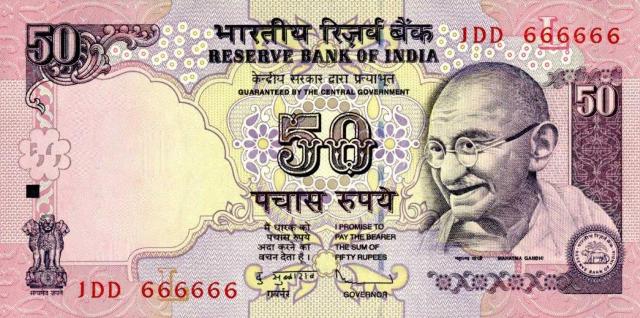 India Finance Minister Arun Jaitely did not announce any major incentive or big initiative for the Indian telecom industry while presenting the Budget 2017.
India Finance Minister Arun Jaitely did not announce any major incentive or big initiative for the Indian telecom industry while presenting the Budget 2017.
The Finance Minister said high speed broadband connectivity on optical fibre will be available in more than 1,50,000 gram panchayats, with wifi hot spots and access to digital services at low tariffs — by the end of 2017-18.
He said the government has increased the budget for Bharat Net Project to Rs 10,000 crore in 2017-18. BharatNet has already laid OFC in 1,55,000 kms. The Government will launch DigiGaon initiative to provide tele-medicine, education and skills through digital technology.
“Finance Minister while acknowledging the importance of the telecom sector for the economy as also the digital initiative of the government, hasn’t proposed much for the telecom sector at least in his budget speech,” said Vishal Malhotra, Tax Telecom Leader, EY India.
HIGHLIGHTS FOR TELECOM
# Rs 10,000 crore for Bharat Net broadband project
# Extension of period for claiming MAT credit to 15 years from 10 years
# Extension of period for availing lower withholding rate of 5% on ECBs and Masala Bonds
# Relaxation in transfer pricing compliance on specified domestic transactions
# Increased incentive schemes MSIPS and EDF
# To launch Trade Infrastructure for Export Scheme (TIES)
# Digital inclusion to enhance broadband
Extension of the period for claiming MAT credit to 15 years from 10 year presently as well as extension of period for availing lower withholding rate of 5 percent on External Commercial Borrowings and Masala Bonds, is expected to benefit the Indian telecom industry.
The relaxation in transfer pricing compliance on specified domestic transactions, should assist in lowering the compliance burden of the telecom players other than those who continue to claim profit linked incentives.
India Government aims to bridge the digital divide by allocating Rs 10,000 crore investment for Bharat Net. Funds for Bharat Net will further spread the tentacles of optical fiber, which is the backbone of Digital India program.
“Aadhaar based smart cards for monitoring the health of senior citizens is a great way to leverage the citizen identity database while marrying technology with health. The move will reduce the burden on our health machinery to some extent and open up avenues to explore more applications of digital citizen identity database,” said Neel Ratan, leader – Government and Public Sector at PwC India.
India government aims to boost Make in India to make the country a hub of electronic and tech manufacturing.
Arun Jaitely said that India has already received over 250 proposals for electronics manufacturing in the last two years, totaling to an investment of Rs 1.26 lakh crore. A number of mobile manufacturers have set up production facilities in India.
India has increased the incentive schemes like Modified Special Incentive Package Scheme (MSIPS) and Electronic Development Fund (EDF) to Rs 745 crore in 2017-18. India will also launch a new and restructured Central scheme, namely, Trade Infrastructure for Export Scheme (TIES) in 2017-18 to focus on export infrastructure.
“This move would give more sops to domestic mobile handset makers. India mobile markets would get boost from newly formed trade infra export scheme,” said Akshay Dhoot, head of Technology and Innovation at Videocon.
The biggest positive is the continued focus on infrastructure (roads, railway, housing, tier-II airports et al) in general and rural infrastructure (affordable homes, rural electrification) in particular, including e-infrastructure with the increased allocation to BharatNet (erstwhile NOFN).
“This will allow commercial activity to expand to the rural segment in a much more efficient manner, if the aim of achieving the broadband connectivity targets by 2018 is actually met,” said Partha Iyengar, VP and Gartner Fellow.





